Memories of Mindanao, Part 11
By Conrad J. Benedicto
“Seeing the ship aloft in front of us transformed the feeling in the room—as if myth had now entered the space. ”
Ipat
There is a ship
clad in red and yellow streamers
sacred colors banners
of ancient kingdoms
Build it
There is an ocean
made of undulating notes
cresting dipping in steady rhythm
deep as night it stretches west
to the spirit lands
Play it
There is a sacrifice
not symbols real
where your mouth is
ritual is living body
vivified by village
all things must be in their proper place
and all spirits must eat
Make it
Now this ship can be borne
aloft upon this ocean
the chanting wind
the compass lore
when it returns
There is sleeping
a man a woman
who will awake in song
singing from far away
from behind the veil they will approach
gently reaching for you
alight somehow amidst the candles
There is a way
a body a mind a spirit
reconciled a heart
can face its mortal ills
There is whirling
a woman a man a guide
Find them
Dance
The Ipat rituals were held inside a small house by the river, surrounded by muddy grassland dotted with coconut and talisay trees in the middle of an undeveloped section of Cotabato. The space was festooned with colorful fabrics—yellow, red and pink with ruffles and intricate patterns in golden thread. On one side cloth “rooms” shaped like small hanging closets glowed; dwelling places for the spirits. Outside, kulintang musicians played tagunggo, the song to invite spirits, on and on until it became, like the incense, a part of the very air we breathed.
In the middle of the candle-lit room—surrounded by large platters of turmeric rice, hard boiled eggs, stewed chicken and sweet rice cakes—was a model ship the size of a bathtub waving fourteen flags, each representing one of the ancient kingdoms.
The first act was to pull this boat into the air and tie a ceremonial cloth evoking the sea and sky around its hull. Seeing the ship aloft in front of us transformed the feeling in the room—as if myth had now entered the space. The shaman, Den, who turned out to be quite a handsome fellow, laid down with his back to us as if to sleep.
“The energy in the room began to intensify—we were fish and the powerful timbre of the ritual gongs was the moving river we breathed, inexorably flowing to its destination.”
Den’s arms began to shake and after a while he arose from the floor chanting in a feminine voice. A female spirit was now with us. They donned a blouse and a headscarf veiling the eyes. Still chanting, they approached each participant, anointing us with a fragrant oil. Their thumb vibrated as it pressed upon the top of my head.
The energy in the room began to intensify—we were fish and the powerful timbre of the ritual gongs was the moving river we breathed, inexorably flowing to its destination. The participants began having intense emotional or spiritual responses as the ritualist and an assistant gently pulled them off the floor to dance. Some became tearful and others simply let go.
Although I did not experience the same catharsis, I was enthralled by the startling beauty of the ceremony. The androgyny of the ritualist was powerful to behold. The act of healing, essentially, was to rise, to reach out, hold hands with another soul, and dance. Such a tender act. It felt familiar, a reminder that the meeting of mind, body and spirit is the natural tendency of the self.
The ritual ended with the shaman lying down again with their back to us, singing themself to sleep. When the music stopped, Den awoke bleary eyed as he took the veil from his face. Though it was still dark, I turned to the windows expecting to see daybreak. The feeling of being on the other side of something, passing some threshold, was strong.
After, I went out into the night, pressed my bare feet onto the roots of a nearby coconut tree and looked up, past the gently swaying fronds, at the stars. I wondered why we couldn’t have done that outside like when the Purple Woman made the celestial dome tilt around her. The night breeze offered no reply.
Conrad J. Benedicto
A teacher, author, and kulintang musician who studied with Master Danongan Kalanduyan from 1997 to 2016. He was Master Kalanduyan’s apprentice within the Alliance for California Traditional Arts’ Apprenticeship Program in 2007 and again in 2013. He founded and leads the Kulintang band, Kulitang Dialect, and has performed at the Filipino American International Book Fest Gala, Gongster’s Paradise Kulintang Festival, SF Parol Lantern Festival, and more. He has received grants for his music from the San Francisco Arts Commission and Zellerbach Family Foundation. He teaches social studies, environmental education, and kulintang music at Balboa High School in San Francisco.
Publications:
Musalaya’s Gift, Fantasy Novel
The Warriors of Dagad Pass by Bumbakal Saksi, Musalaya’s Gift Graphic Companion Book



